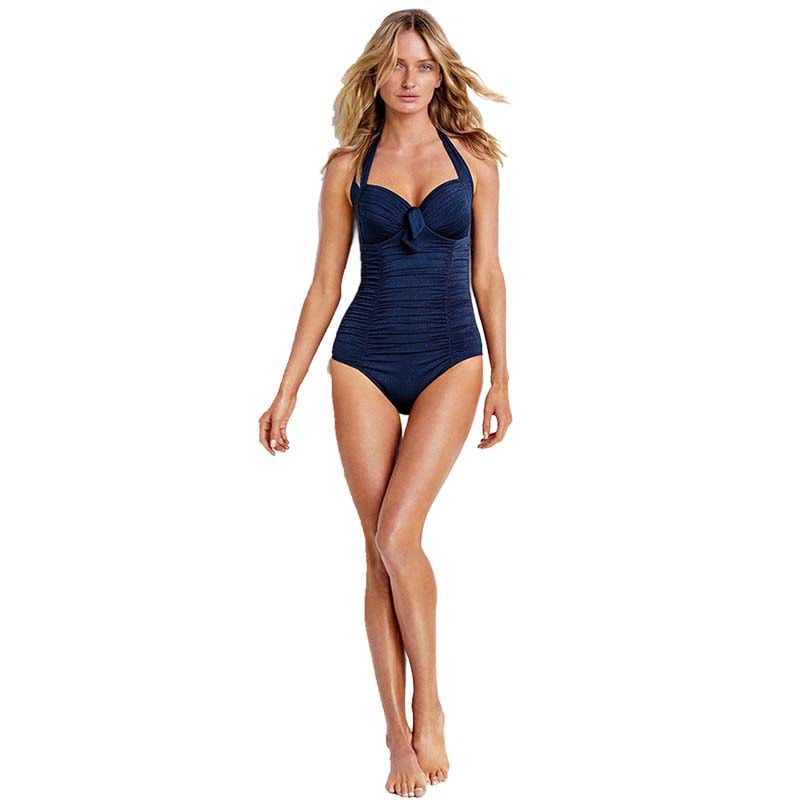As someone deeply involved in swimming and water sports, I’ve found that the right swimwear can make all the difference. One commonly debated topic is the jammer swimsuit. So, what exactly is a jammer swimsuit? Allow me to guide you through its characteristics, benefits, types, and much more with some industry-backed data.
What are jammers?
Jammers are a type of swimsuit that fits tightly and extends from the waist to just above the knees. Typically used in competitive swimming, jammers are engineered to enhance performance by reducing drag. The global swimwear market, valued at approximately $19.6 billion in 2020, has seen considerable innovation, particularly in jammer technology.
Characteristics of Jammers
Jammers are unique in several ways:
- Length: They extend from the waist down to just above the knees, covering a significant portion of the legs.
- Fit: Jammers are designed to be tight-fitting, which minimizes water resistance.
- Design: Typically streamlined, jammers employ advanced materials to reduce drag.
Benefits of Wearing Jammers
Wearing jammers offers numerous benefits:
- Improved hydrodynamics: The tight fit can reduce drag by up to 6% compared to traditional swimwear.
- Muscle compression: Provides support and can improve performance by reducing muscle fatigue.
- Comfort: Many swimmers find jammers to be more comfortable and less revealing than swim briefs.
Common Materials Used in Jammers
Jammers are typically made from:
- Polyester: Offers durability and chlorine resistance; can last up to 5 times longer than traditional materials.
- Spandex: Provides elasticity and a snug fit, although not as durable as polyester.
- Blended fabrics: Often combine polyester and spandex to balance durability and flexibility.
Should I wear swim trunks or jammers?
Comparative Analysis of Swim Trunks and Jammers
Choosing between swim trunks and jammers depends on various factors:
- Functionality: Jammers reduce drag by up to 2%, making them ideal for competitive swimming. Swim trunks are versatile for recreational use.
- Coverage: Jammers offer extensive leg coverage, while swim trunks expose more of the leg.
- Comfort: Jammers provide muscle compression, whereas swim trunks offer a relaxed fit.
When to Choose Jammers Over Swim Trunks
Consider jammers if you are:
- Competing in swimming events where reduced drag can provide a competitive edge.
- Engaged in long swim training sessions that require muscle support.
- Looking for better hydrodynamics and performance enhancement.
Swimming Jammers
Types of Swimming Jammers
There are several types of swimming jammers:
- Racing Jammers: Often made from advanced materials and designed to minimize drag, these can reduce swim times by up to 2%.
- Training Jammers: Built for durability and comfort, these are ideal for daily swim practice.
- Team Jammers: Customized for swim teams with specific colors and logos, often made from a blend of polyester and spandex.
Popular Jammer Swimsuits
Popular brands include:
- Arena Carbon Flex: Known for its compression and innovative fabric technology.
- Speedo LZR Racer: Popular for its low-resistance materials and ergonomic design.
- Tyr Fusion 2: A favorite among both competitive and recreational swimmers for its durability and comfort.
How to Choose the Right Jammer Swimsuit
When selecting a jammer, consider:
- Purpose: Determine if it’s for racing, training, or casual use.
- Material: Look for fabrics that provide the right balance of durability and flexibility for your needs.
- Fit: Ensure the jammer fits snugly without causing discomfort.
Care and Maintenance of Jammers
To extend the life of your jammer swimsuit:
- Rinse with fresh water after each use to remove chlorine and salt.
- Avoid wringing out the fabric to prevent damage.
- Allow to air dry in a shaded area to avoid deterioration from UV rays.
FAQ
Do you wear anything under swim jammers?
I personally don’t recommend it, as jammers are designed to be worn alone for optimal performance and comfort.
What is the difference between a swimming brief and a jammer?
Swimming briefs are shorter and provide less coverage, while jammers extend to the knees, offering more support and reducing drag.
What is the difference between shorts and jammers?
Shorts are loose-fitting and typically used for casual wear. In contrast, jammers are tight-fitting, designed for competitive swimming.
What is the difference between swimming jammers and trunks?
Trunks are shorter and looser, ideal for casual swimming, while jammers are longer and tighter, optimizing for speed and performance in the water.




